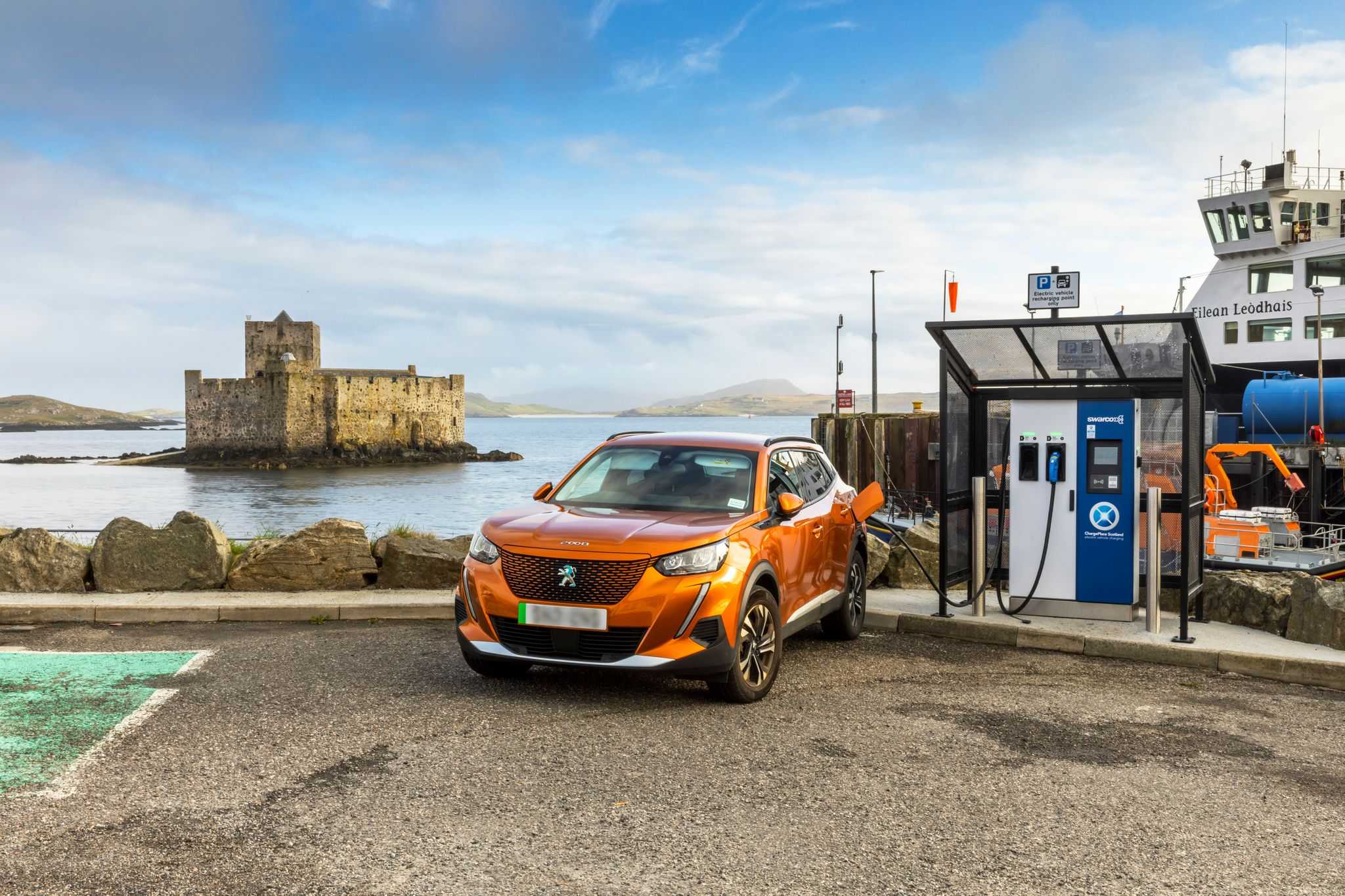Effective water management in businesses, particularly in areas like guest bathrooms and public washrooms, is crucial as water costs continue to rise due to increasing energy prices.
Water-efficient taps
Water-efficient taps reduce water usage while maintaining performance. Installation by a qualified plumber is recommended.
Types of water-efficient taps
- Aerated taps: retrofit existing taps with aerators to mix air into the water stream, maintaining effective flow. They are cost-effective, around £5 per unit, with a payback period of about three months.
- Spray taps: these taps produce a mist, cutting water use by 60% to 70%. Regular cleaning of the spray head is necessary to prevent blockages from soap and lime scale.
- Automatic shut-off taps: useful in public spaces, these taps turn off automatically after a set time.
- Percussion taps: self-closing taps that shut off within 1 to 30 seconds of use. Efficient and cost-effective, these taps reduce water usage by more than 50% and can be fitted onto existing taps for about £20 each.
- Passive infrared sensors: these sensors activate the tap only during use and close it after a predetermined amount of water has flowed.
Did you know? Repairing a dripping tap can save over 5,000 litres of water annually.
Water-efficient showers
A conventional shower uses about 35 litres per 5-minute use, costing £65 annually if used daily. Power showers use 70 litres per session, doubling the cost.
Water-efficient shower solutions:
- Water-saving showerheads: these reduce water consumption without compromising user experience, effective only with sufficient water pressure.
- Flow restrictors: installed in the shower's pipework or directly in the showerhead, these limit water flow.
- Push button controls: ideal for public facilities, these limit water use by activating the flow only when the button is pressed.
Managing hot water efficiently
- Optimal temperature setting: maintain hot water at 60ºC to kill Legionella bacteria while remaining safe for bathing.
- Reducing hot water waste: even without a water meter, reducing hot water usage can significantly lower energy costs.
Water-efficient toilets
Toilets made post-1991 generally use no more than 6 litres per flush, while older models may use up to 13 litres. Aim for:
- Full flush: no more than 4.5 litres
- Single flush: no more than 6 litres
Installation tips
Volume adjusters: use devices like Hippos or Save-a-flush, or a filled plastic bottle to reduce water per flush. Place them properly to avoid interfering with the flush mechanism. For larger cisterns, consider a cistern dam.
Flush mechanisms: dual flush systems allow a choice between a larger and a smaller flush (about 4 litres), helping to reduce water usage. These systems are typically easy to retrofit and should be clearly labelled to prevent misuse.
Water-efficient urinals
Uncontrolled urinals: these typically flush three times per hour, which can use 197m³ of water annually, costing around £417 in water charges.
Control mechanisms: installing devices that adjust flush frequency can reduce water usage by up to 75%. Waterless urinals can save up to 90% of water usage and often require less maintenance.
Enhancing toilet efficiency
Passive infrared sensor (PIR): controls a valve that regulates water flow into the cistern based on usage. Settings can include flushing after each use or after a set number of uses. They can also provide a hygiene flush during periods of low use, costing around £120 and are generally easy to retrofit. They operate on either battery or mains electricity.
Hydraulic valve: fitted to the urinal's inlet pipework, it operates on changes in water pressure caused by usage elsewhere in the system. This triggers the valve to refill the cistern, and it remains closed when not in use, preventing unnecessary flushing.
